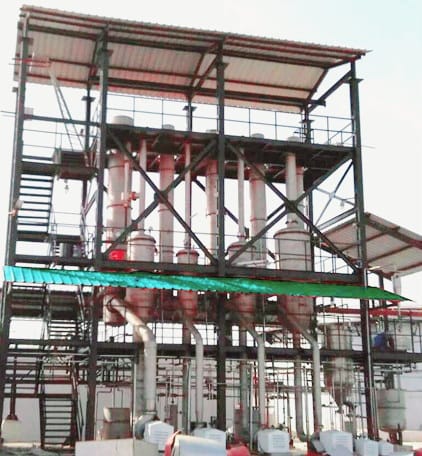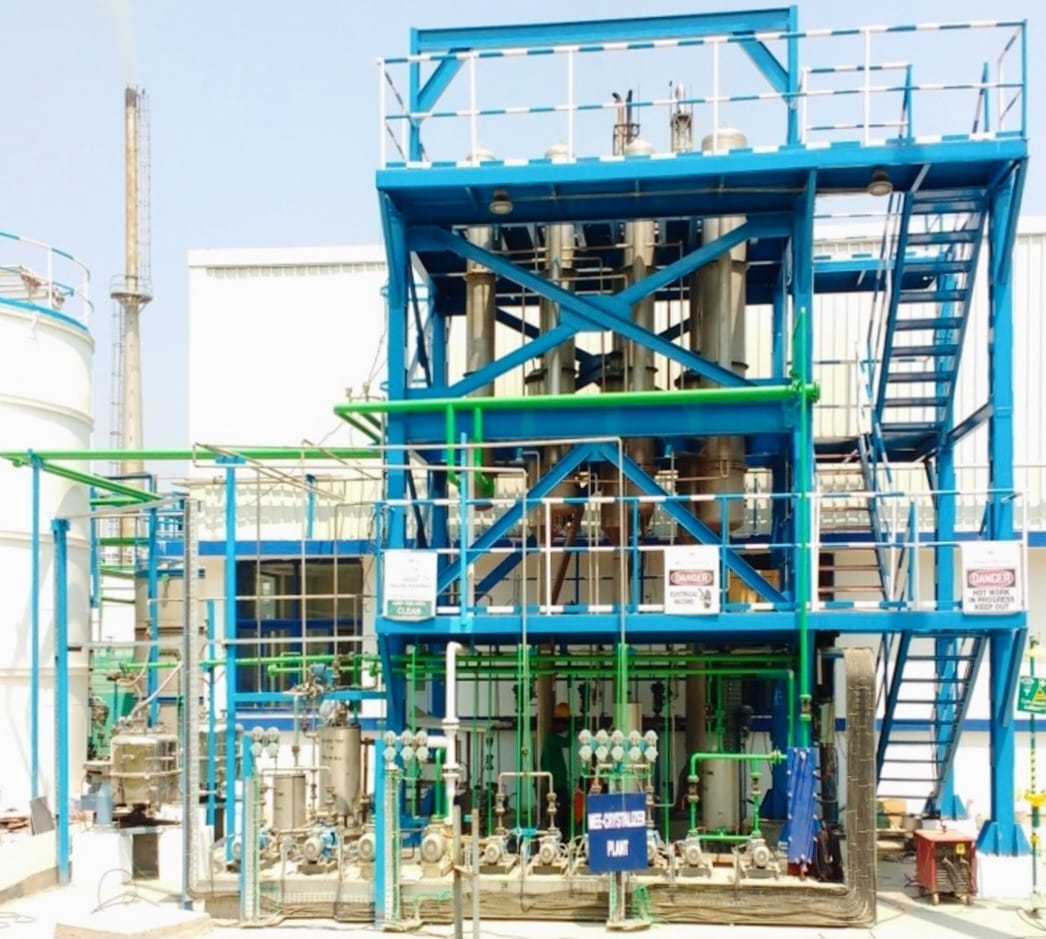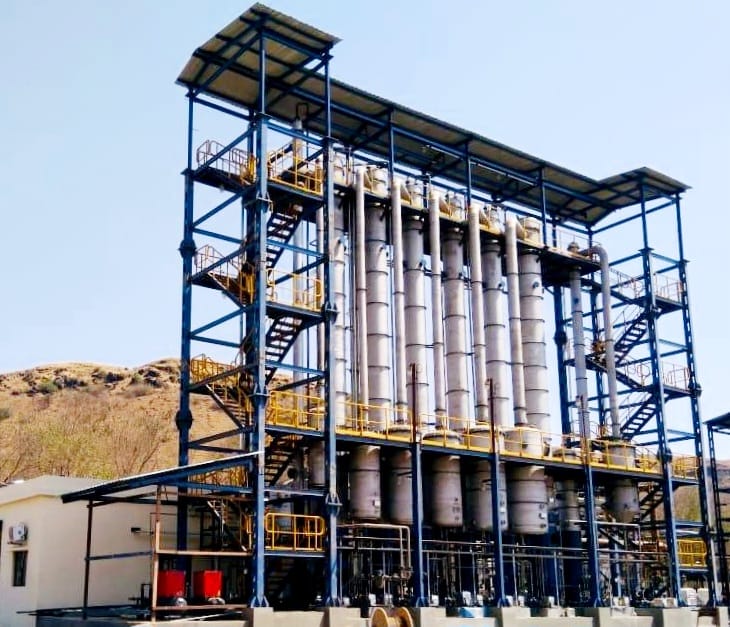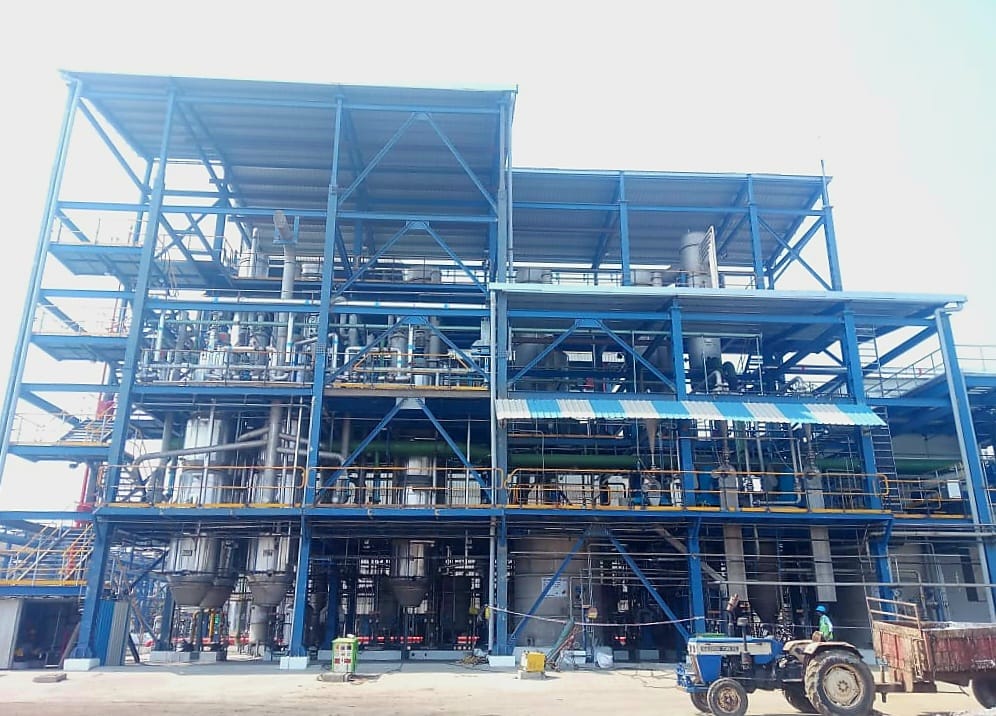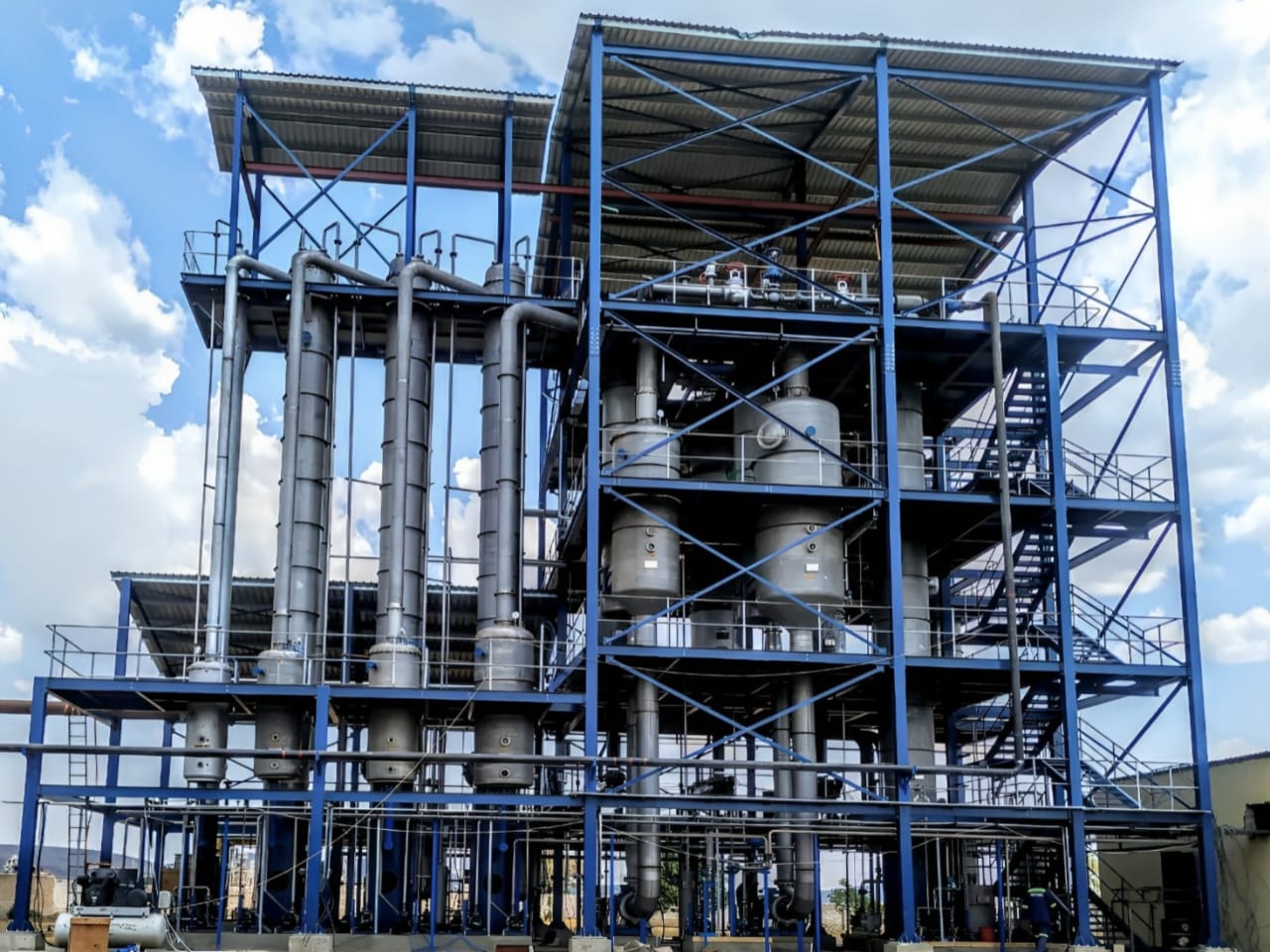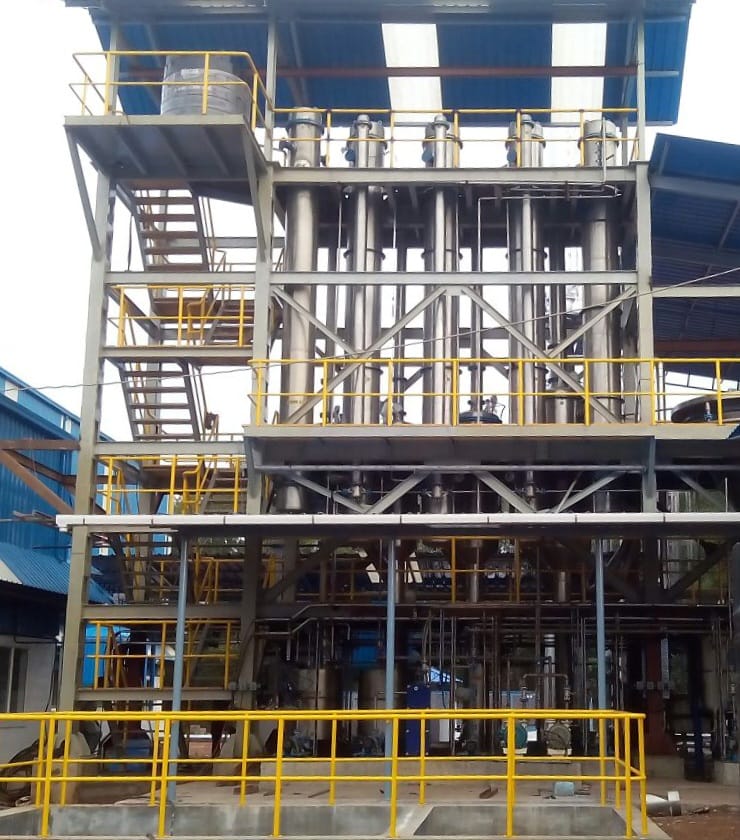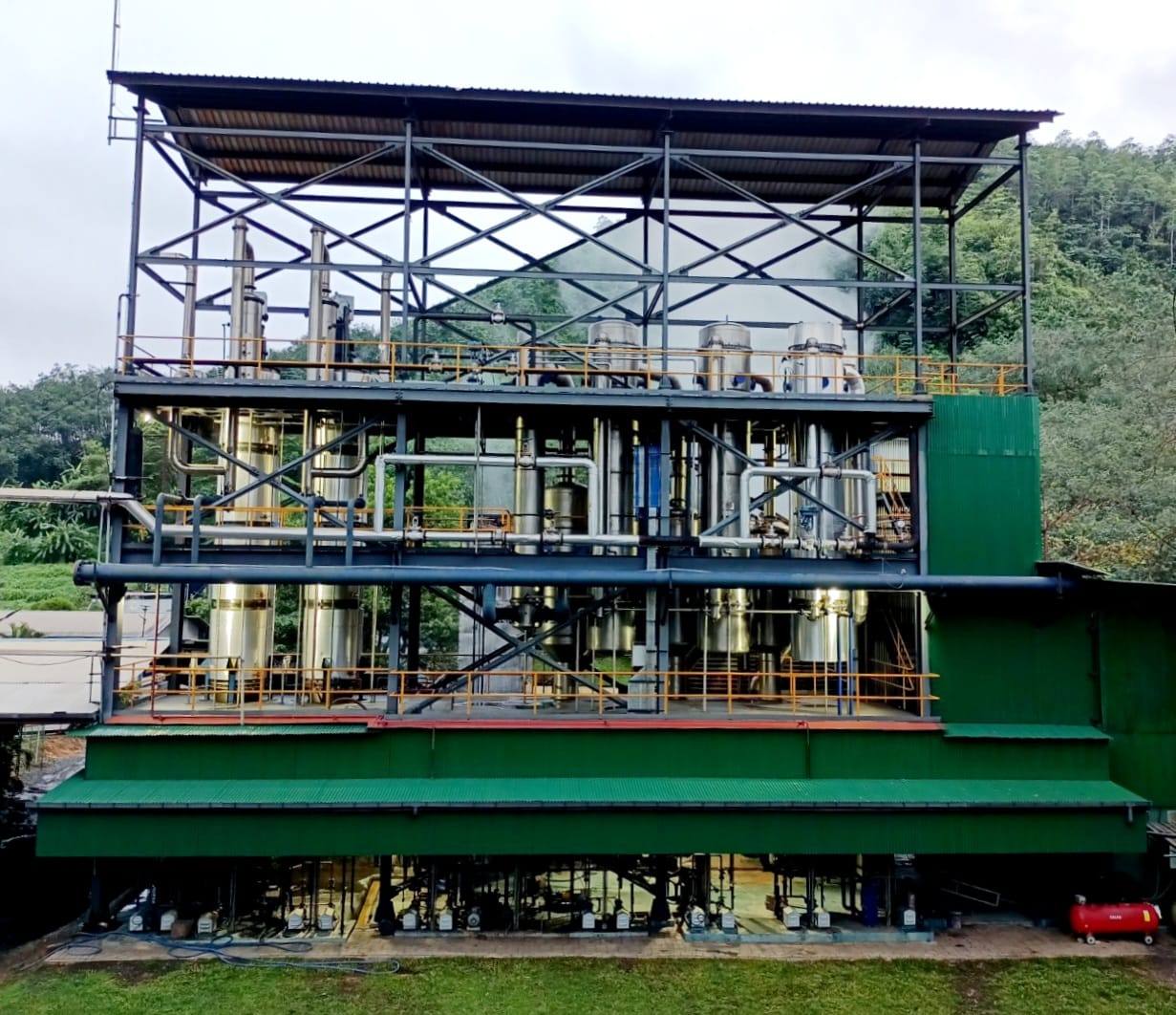Brewery
Wastewater characterised by elevated sugar levels and additional organic components such as hop resins and husks. It commonly contains suspended solids, salts, nutrients (like nitrogen and phosphorus), and occasionally includes brewing-related chemicals such as cleaning agents or additives, leading to heightened biological oxygen demand (BOD).
Our ZLD solutions for the Brewery wastewaters offer the following benefits:
- Separation of Crystal Clear Water with a TDS of less than 150 ppm
- Dry solids with less than 5% (w/w) moisture
- Continuous operation, 24 hours a day, 7 days a week.
- PLC-SCADA-based control and automation, with a single operator managing plant operations from the ground floor panel room.
- Eliminating manual or physical cleaning of the Evaporator & Dryer plant, with chemical cleaning required only once every 15 days.
